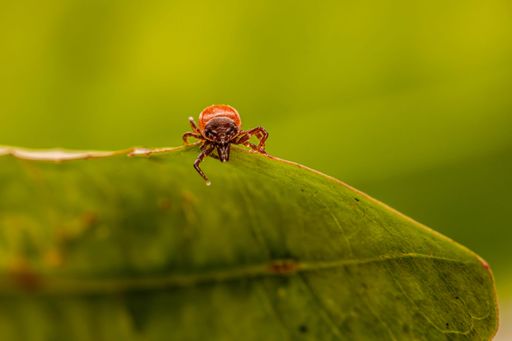Many pet owners find themselves wondering about how best to care for their furry friends and often don’t know where to turn. While many pet needs are fairly intuitive, universal needs, it can be tricky to know the ins and outs of caring for animals in many cases.
Avoid Contaminated or Chemically Treated Water
Something that most pet owners never even so much as consider is the water that they give their pets. This is because it’s reasonable to assume that water safe for human consumption is safe for consumption by animals, and that’s largely true. However, municipal water supplies are typically treated with chemicals that are acceptable for human consumption, but that is often not the case for man’s best friend. On the other hand, hard water may have some surprising contents that might not raise any red flags for humans while potentially posing a threat to pets. The benefits of a water softener in this case are monumental, and you should regularly have your water tested, especially if you primarily use a well as a water source. Along the same lines, monitor your pet’s water bowls in order to find and remove any foreign material that happens to find its way into the bowls. It’s not uncommon for insects, for example, to find themselves trapped in the water and remaining until you inevitably notice, but there’s always the chance that your pet might unwittingly consume said material.
Spay and Neuter Early
Spaying and neutering pets is a common talking point among pet owners, but the concerns regarding spaying and neutering is typically in regards to avoiding unwanted pregnancies or behavioral issues. There is also a medical imperative to spay and neuter cats and dogs as early as possible. The number varies between cats and dogs, but the earliest that the treatment can be applied is at approximately 6 months old, and you shouldn’t wait much longer than that. Pets that go without being spayed or neutered risk medical problems like testicular or breast cancer, among other potential issues. Male dogs run the additional risk of roaming in order to find mates and, in the process, getting hurt by traffic or other animals. In female pets, these risks are minimized by spaying them before they go into heat for the first time.
Cutting Dogs’ Nails Safely
Cats typically keep their claws trimmed and sharpened by clawing things, so getting a scratching post is all that’s necessary to keep a cat’s nails in order. Declawing is also a popular method of dealing with potential danger of a cat’s claws. Dogs, on the other hand, have no real means of keeping their nails at an acceptable level for interacting with humans. Therefore, you’ll need to keep your dog’s nails trimmed yourself in order to avoid the occasional scratch. There are bespoke nail clippers for dogs that make the process as easy as possible, but there are two factors that complicate matters. Much like human nails, dog nails have a quick, but human nails are more protected. Cutting the quick of a dog’s nail is easy to do by accident, so you need to familiarize yourself with what it looks like in order to avoid it. To complicate matters further, dogs are often skittish about their paws being touched, so you’ll need to get your dog used to having their paws touched in order to then introduce nail clipping. Otherwise, the dog is likely to try to pull away from you while you’re attempting to cut its nails, which can lead to the quick being cut.
The Importance of Socializing Your Pets
One thing that many pet owners fail to take into account is how their pets will interact with others and how to influence that behavior. Pets often react in hostile ways toward unfamiliar people and animals, and that’s a natural response to unexpected change for older, more solitary animals. In order to avoid this, you need to make sure that your pets have plenty of exposure to strangers, and the earlier you do this, the better the results will be. It’s worth noting that there is a distinct difference between human strangers and unfamiliar animals. A pet that responds neutrally to new people coming into your home may still respond to foreign animals with aggression. That’s why socializing your pet with other animals is just as important as doing so with humans.
Taking care of pets can be tricky to new pet owners, and some problems fly under the radar even for long time owners. However, there is ample research out there that can help you ensure your pet’s safety. While this guide offers you a few tips that many aren’t aware of, you should always do your research when in doubt.



















